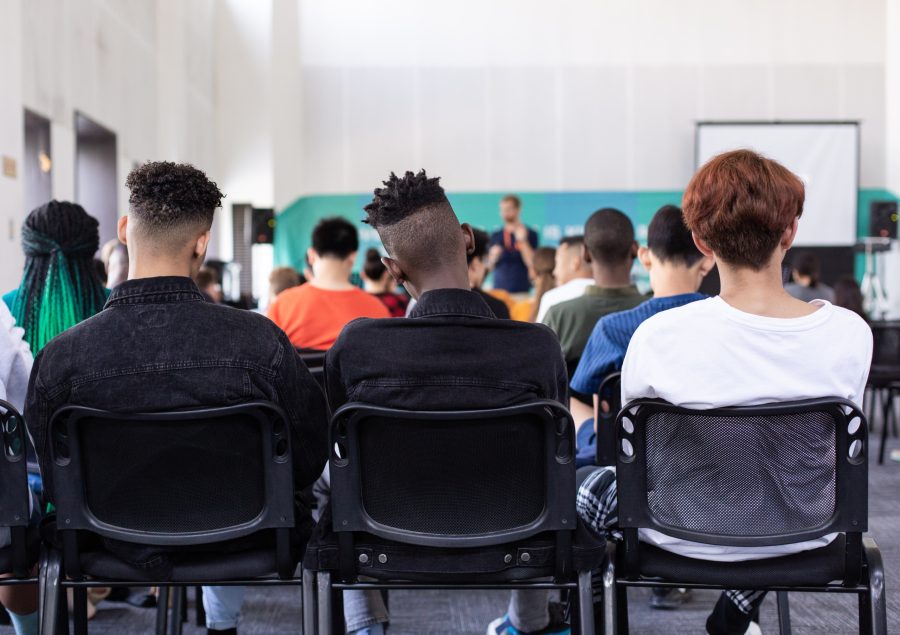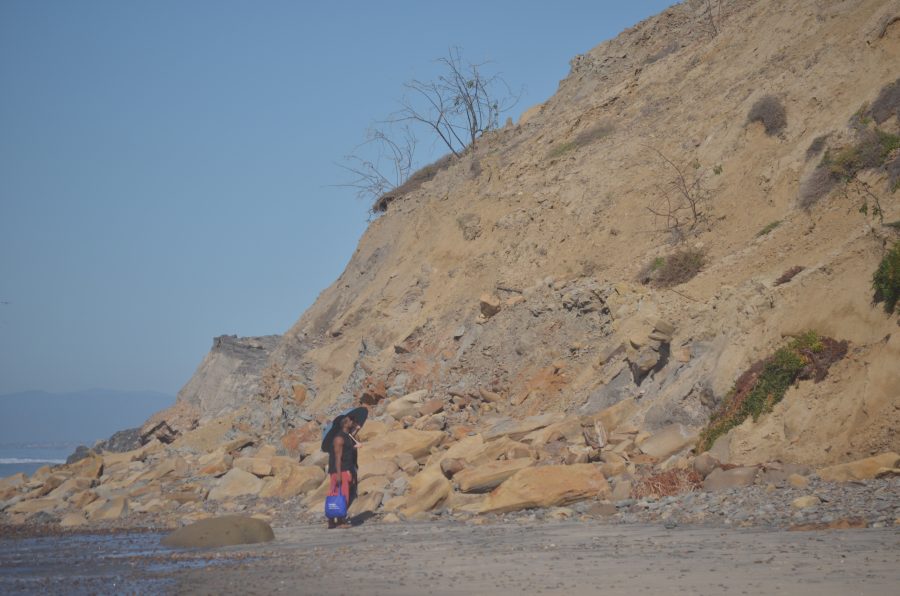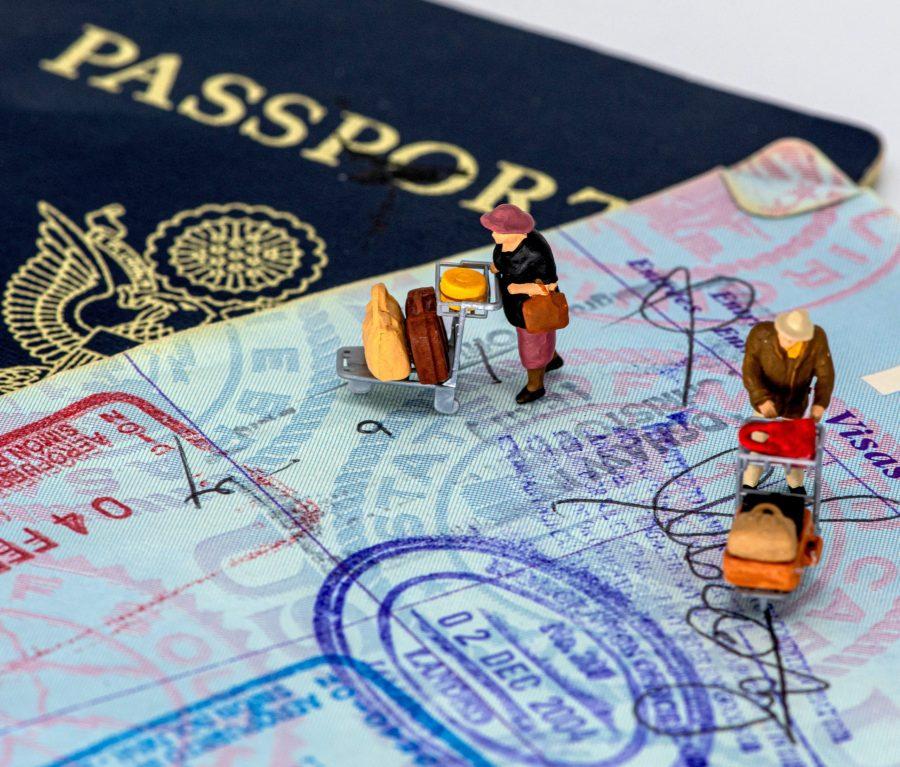Generally, students find it hard enough just getting through college alive, and most never really get the chance to apply the knowledge they’ve learned to a fun and rewarding team project. Often, group projects consist of writing endless formulas for computer labs or doing wind-tunnel testing in lab coats. However, not all projects need to be dull.
“The Formula SAE program on campus provides a great alternative,” said Ben Graham, a senior mechanical engineering student at Earl Warren College and prominent member of the UCSD Formula Society of Automotive Engineers team. “It’s a fun and practical way of applying theoretical knowledge, and members usually have no problem finding jobs straight out of college.”
SAE is an international group of dedicated engineers and business executives from major companies like General Motors and Ford who have gathered for the purpose of advancing transportation technology for the betterment of society. For the past 25 years, SAE has responded to student interest at the university level by creating programs based around competitions involving motorized vehicles for the land, sea and air. These competitions are held every year in Detroit. They were designed to provide students with the chance to participate in an unconventional group activity and give the engineers of SAE a pool of students from which to choose new employees. There are 12 different events that make up the competition. Among them are the Flying Plane, the Off-Road Mini Baja, the Solar-Powered Vehicle and the Formula SAE, in which UCSD students are participating.
The objective of the Formula SAE is to have teams of students from each university build a mini formula-style SAE racecar from the bottom up. To boost students’ creativity and innovation, there is a cap on the engine size, and airflow restrictors must be placed around the engine so that it can receive only a regulated amount of oxygen to burn. This forces the team members to think outside the box and truly create a more fuel-efficient better-designed automobile.
Formula SAE has had a short and turbulent history with UCSD. In 1997, UCSD’s first Formula SAE team was created. In 1998, the car that members created finished a meager 74th out of 140. Their 1999 car improved to 67th. In 2000, the team created the Y2K car, but never made it to the 2001 event due to lack of funding.
“Things were not looking promising for the Formula SAE team at UCSD,” said Warren senior Micah Bayless, an aerospace engineering student and the current team president. “I felt that it was my calling to change that.”
Bayless was an Oregon State University transfer student looking for a chance to be part of something. He attended an SAE presentation at Oregon State in 2002 and was thrilled by the idea “of gaining valuable career experience while working on toys with a team.” He searched for a university to transfer to that had a growing SAE team in need of strong leadership. UCSD was the place.
In the spring of 2003, Bayless was unanimously elected president, and since then, he has pulled the team out of the wreckage and into competition in Detroit.
“This experience has been a lot of fun,” Bayless said. “UCSD has something a lot of students can get involved in. It’s exciting, it’s free, you meet a lot of new people. Plus it looks great on a resume.”
The biggest reward for Bayless as the president is seeing his recruits work together and follow through with the obligations they’ve made.
“People really do show true interest,” he said. “That’s got to be the greatest thing about this club. People come to work, and they stick with it.”
Most recently, the team has been working on a new vehicle called the 2K4, which was made from the stripped chassis of the Y2K model.
“This racecar is pretty amazing,” Nelson said.
The racecar’s most recently added features include a TEC II computer, which automatically controls the fuel injection, air mixture and timing; a wireless computer with plug-ins for cameras or other electronic monitoring devices, which allows the pit crew to see what’s going on in the car at any time; a carbon-fiber Kevlar frame, which is almost as strong as metal but many times lighter; and a push-button shifting system like the one used by Ferrari. The car’s top speed is over 70 miles per hour, and its wheel base is 60 inches.
“Building such a well-designed car provides UCSD engineers with an invaluable opportunity to apply skills they’ve learned in college on an exciting team project, all the while boosting their chances of gaining a promising career in the future,” Bayless said.
Engineers aren’t the only students who benefit from joining the team, according to Bayless. For the cars to be built, $25,000 in donations must be raised. To achieve this goal, students with strong financial, economic and business capabilities are needed. Without them, current sponsorships such as those from Jacobs School of Engineering, Cymer and General Atomics might never have been obtained.
Students with marketing skills are also needed, since the general purpose of the competition is to design a car that can be sold. In Detroit, the executives of each company are the judges. The teams present their cars in the form of a sales pitch and then the car’s performance is tested in the Formula SAE race. After the race, company executives may offer jobs to members from some of the teams depending on their skills and any innovations they made while working on the car.
“If you have a good car and a good sales pitch, you can get a job out of this,” Bayless said.
The Formula SAE team at UCSD is growing at a rapid rate, and with a determined Bayless as its new president, it shows no signs of slowing down.
“It has been an incredibly rich and rewarding life experience, with career opportunities to boot,” Bayless said.
For more information visit theUCSD SAE Web site at http://sae.ucsd.edu.







